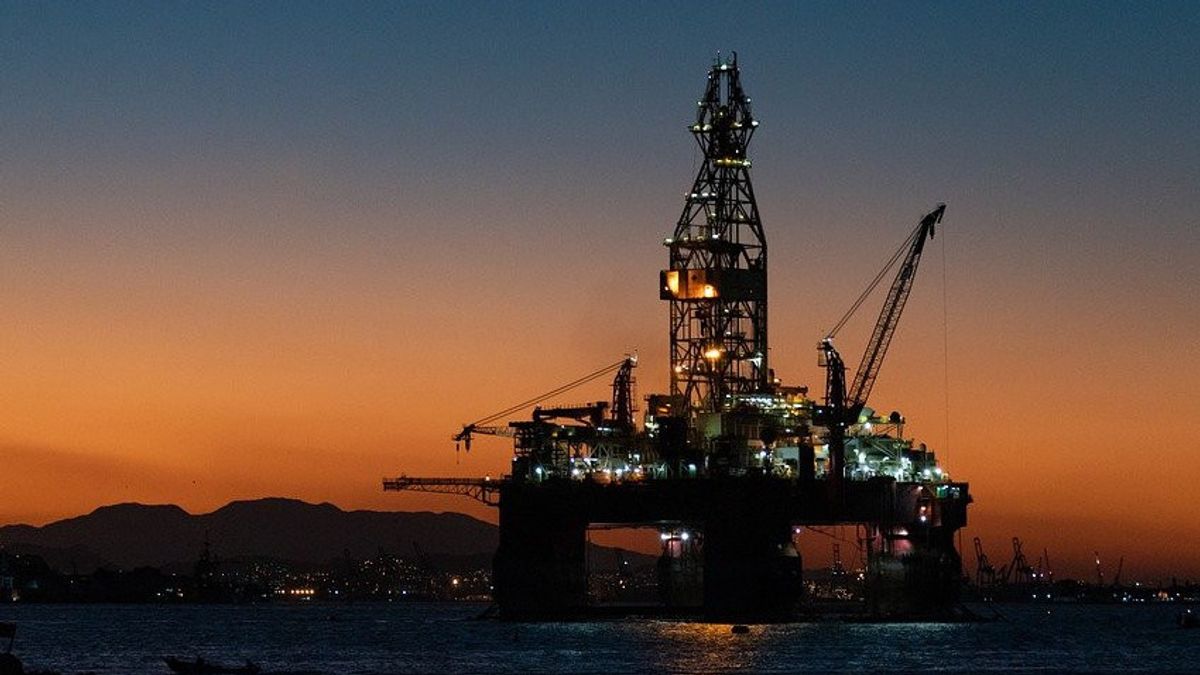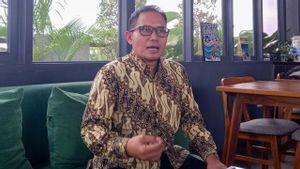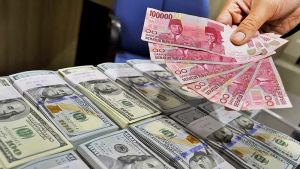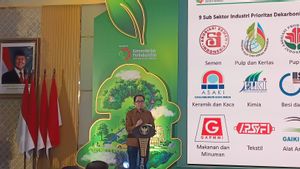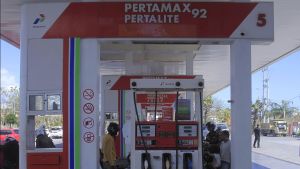JAKARTA - Minister of Energy and Mineral Resources (ESDM) Arifin Tasrif noted that the average Indonesian Crude Price (ICP) in January 2022 soared. It was noted that ICP last month reached 85.89 US dollars per barrel, an increase of 12.53 US dollars per barrel compared to December 2021 which was only 73.36 US dollars per barrel.
"This increase is in accordance with the Decree of the Minister of Energy and Mineral Resources No. 11.K/MG.03/DJM/2022 concerning Indonesian Crude Oil Prices for January 2022 which was signed February 2, 2022," said the Head of the Ministry of Communication, Public Information Services and Cooperation (KLIK). ESDM Agung Pribadi in an official statement, Tuesday 8 February.
According to Agung, the increase in ICP in January was influenced by geopolitical dynamics in a number of countries, which helped lift crude oil prices on the international market.
"Currently a number of countries are experiencing political friction, such as what happened between Ukraine and Russia," explained Agung.
In addition, Kazakhstan as one of the OPEC+ countries with production of 1.6 million barrels per day, is experiencing logistical problems that have the potential to cause a decline in production after demonstrations triggered by rising fuel prices.
In addition, the United Arab Emirates (UAE) as OPEC's third highest oil producer, experienced deadly drone and missile attacks from Yemeni Houthi rebels at Mussafah fuel depot, ADNOC and UAE international airport.
There is also Libya which only produces crude oil in the range of 700 thousand barrels per day from a potential production of approximately 1.2 million barrels per day.
"Libya experienced the lowest decline in oil production in the last 14 months due to the blockade in the main western oil field and the repair of the pipeline connecting the Samrah and Dahra Fields to the Es Sider terminal (capacity of 350,000 barrels per day)," said Agung.
Another factor is the explosion of a pipeline in Turkey with a distribution capacity of 450,000 barrels per day of oil from northern Iraq to the Ceyhan-Mediterranean port, triggering market concerns about potential disruptions to oil supply.
In addition, regarding world oil demand, based on the IEA Report (International Energy Agency) in January 2022, there is an increase in the projected growth of world oil demand in 2021 and 2022 by 200 thousand barrels per day, to 5.5 million barrels per day in 2021 and 3.3 million barrels per day in 2022 triggered by the relaxation of COVID-19 restrictions.
"The OPEC+ advisory committee reported that Omicron's implications for world demand growth will be limited. Even the OPEC Secretary General said world oil demand will return to pre-pandemic levels by the end of 2022," Agung said.
According to the IEA, OPEC+ oil production in December 2021 was 790 thousand barrels per day lower than promised. Meanwhile, the EIA Weekly report (US Energy Information Administration), there was a decrease in United States stockpiles at the end of January 2022 compared to the end of the previous month, namely crude oil stocks fell by 1.7 million barrels to 416.2 million barrels and distillate stocks fell 1.7 million. barrels to 125.2 million barrels.
Even the Joint Organization Data Initiative, Saudi Arabia's crude oil stockpiles fell 4.43 million barrels to 132.38 million barrels in November 2021, the lowest record in at least the last 3 years.
"The increase in world oil prices was also influenced by ICE Brent experiencing the highest backwardation in the last 8 years," said Agung.
For the Asia Pacific region, the increase in crude oil prices was not only caused by these factors, but also based on the RIM survey, Singapore's Crude Throughput at the end of January 2022 experienced an increase of 1.4 percent compared to the end of December 2021 to 1.17 million barrels per day or 83.5 percent of the national capacity of 1.39 million barrels per day.
The English, Chinese, Japanese, Arabic, and French versions are automatically generated by the AI. So there may still be inaccuracies in translating, please always see Indonesian as our main language. (system supported by DigitalSiber.id)
